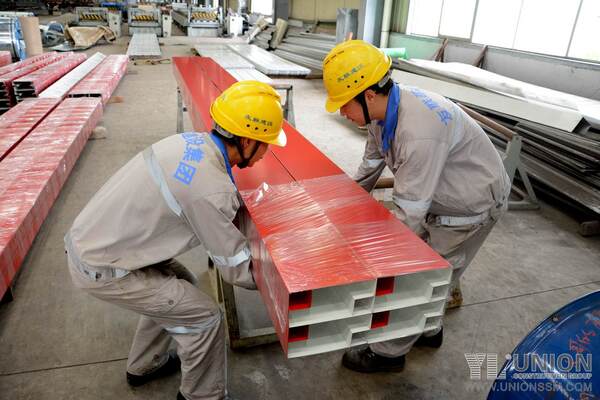Cladding is the process of combining two different metals without fusion and welding. The cladding process is performed under high pressure to press one metal on the other or roll both metals to make a sheet.
Metal cladding is a way of siding your house or office to protect it from repeated painting and damage from the harsh environment.
Metal cladding is very beneficial, especially for buildings used for commercial projects but side by side, it has some limitations. Following are the positive and negative aspects of metal cladding.

Below are some of the pros
Metal cladding is very attractive because of the wide range of styles available in its designs. The first and most important thing is the view of the siding. To make the view beautiful, manufacturers bring variety to their designs.
Homeowners, when considering renovation, must consider the outer siding of the buildings to make their sight attractive.
When homeowners plan for siding, they have many options, but their demand for durability attracts them toward metal cladding. Metal cladding protects buildings from damage without damaging themselves.
Cladding is a durable method of protecting buildings and making them attractive by using different designs for your building. Metal cladding stays longer because it does not absorb water like other siding materials.
Cladding is stronger than other siding materials because it contains two metals pressed in a way that can easily resist harsh environmental conditions.
The unique feature of metal cladding is its lightweight; that's why it does not allow water to stop on it; instead, water slides away, and it gets dry instantly. Not all metals result in lightweight cladding material, but most do so.
Another interesting feature of metal cladding is fire resistance, like all other harsh environmental damages.
Along with interesting features of metal cladding, it also has some dark sides such as;
Metal cladding is no doubt resistant to harsh environmental conditions, but cutting off cladded metal exposes the edges that will not re-coated, so then get in touch with moisture automatically get rusted.
Hence the exposed edges of the metal sheet will allow water to stay there and cause rusting. Rusting will create the repairing issue repeatedly.
Another dark side of metal cladding is the color fading that compromises the view of the building. Color fading, in this case, is due to the direct exposure of the metal to sunlight; that's why technically known as Photodegradation.
Different pollutants and salt residues in the air are also the factors behind color fading.
When metal cladding is used for the siding purpose, polyester is coated over it, so with time, the laminated layer of polyester deteriorates, which in turn separates the metallic layers too, and this is how it fully deteriorates right after seepage of water.
Metal cladding and some limitations are the best options for siding purposes. You can get the best from us.